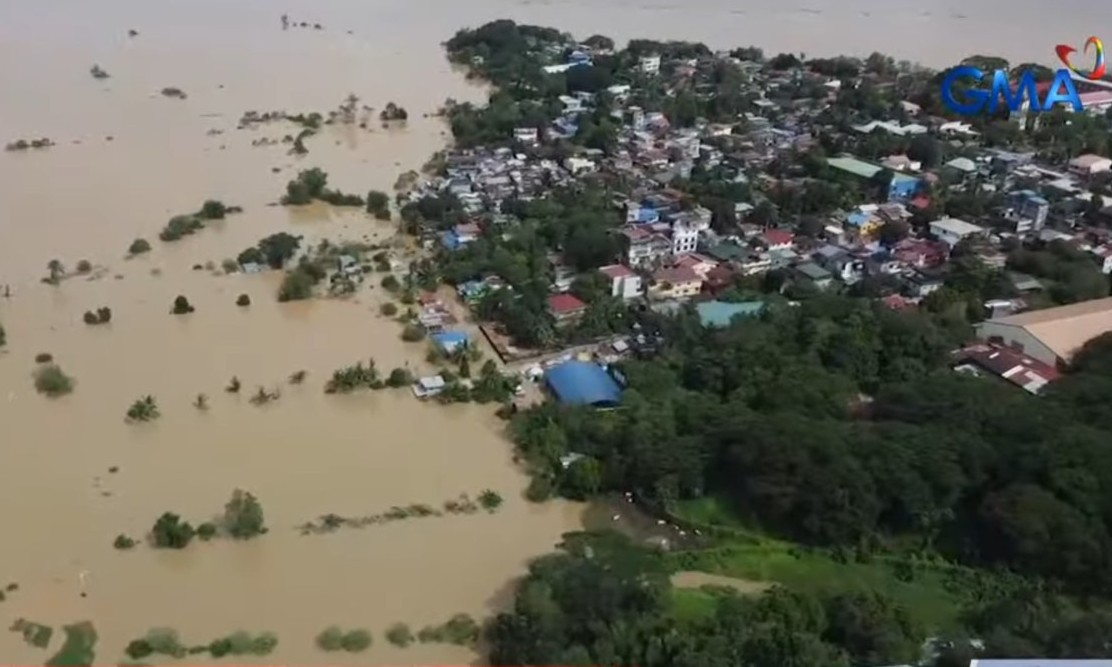PAGASA: Sierra Madre shielded parts of Luzon from Pepito

Things could have been worse in some parts of Luzon if not for the mountains of the Sierra Madre after Severe Tropical Storm Pepito hit the country over the weekend, the state weather bureau PAGASA said.
According to Ian Cruz’s report in 24 Oras on Monday, PAGASA said the mountain range was able to minimize the impact of Pepito despite the heavy rains experienced in Catanduanes and in some islands in Quezon Province.
“Nakakatulong ‘yan and then ang isa pang factor noon sa pag hina niya, nasa lupa na siya, yung moisture na nae-enhance ng bagyong si Pepito unti-unting nababawasan kung ikukumpara natin habang nasa dagat siya,” said PAGASA officer-in-charge Juanito Galang.
(It really helped and one of the factors in its weakening was that the moisture Pepito produced gradually decreased after it reached land when compared to when it was still over the ocean.)
The Sierra Madre is the longest mountain range in the country, spanning over 540 kilometers from Cagayan province down to Quezon Province in the eastern part of Luzon Island.
In the northern part of the range lies the Northern Sierra Madre Natural Park which is also considered the largest protected area in the Philippines.
During its onslaught, Pepito crossed the upperlands of the Sierra Madre.
The Cagayan Valley region was among the areas that was severely hit by the recent series of tropical storms including the Pepito, the 15th storm to enter the country this year.
Seven people including an 8-year-old child were killed in a landslide in Ambaguio, Nueva Vizcaya.
Other provinces in the region such as Isabela also endured flooding due to the heavy downpour and the opening of the Magat Dam gate.
Central Luzon also felt the impact of Pepito wherein a resort in Dipaculao, Aurora sustained damage due to strong waves caused by the storm.
In the popular surfing destination of Baler, strong winds tore the roofs of many houses and establishments and toppled several trees.
The Office of the Civil Defense said the Philippine Air Force deployed Black Hawk helicopters to inspect the aftermath of the storm and to assist in relief operations.
While PAGASA agreed that it was unusual to have four simultaneous tropical cyclones hitting the western Pacific Ocean, it noted that a similar situation occurred in 2020.
“The four tropical cyclones in our Philippine Area of Responsibility are due to the La Niña-like condition,” said Galang. —Vince Angelo Ferreras/RF, GMA Integrated News




